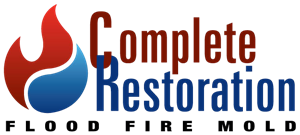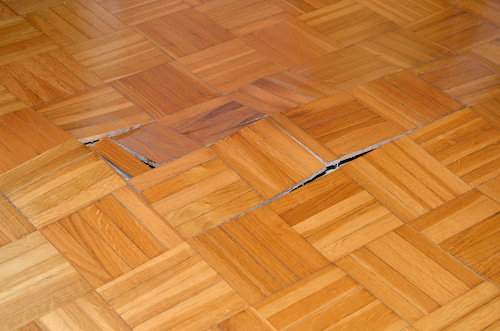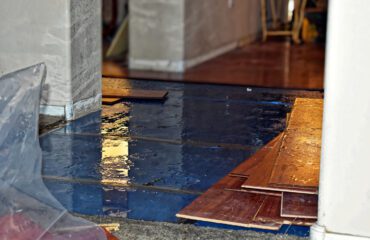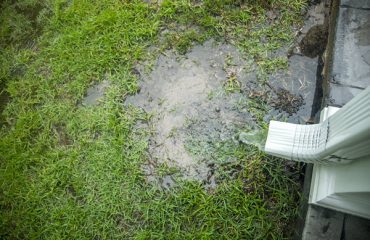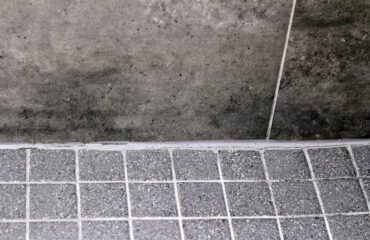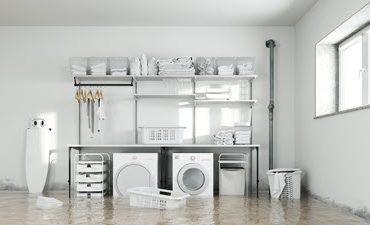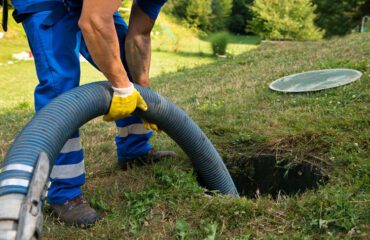Hardwood floors enhance your home’s beauty and help keep it warm. But they are not water resistant and can easily become water damaged. Removing excess water quickly is the best way to prevent long-term damage. Depending on the circumstances, however, this may not be possible. If this is where you find yourself, call us today! In the meantime, here are some ways to help mitigate the damage in advance.
Mop Up or Remove the Water
Stagnant water on the floor surface causes rotting and weakens your floor. Therefore, you should remove it before other restoration measures. If you have a water vacuum, you can suck all the water and dry the surface using an absorbent material.
You can also mop up the water with a rag and ensure you remove any object soaked up from the floor, such as carpets and mats.
Water removal helps protect your floor from cupping and warping, which may be difficult to fix. Furthermore, it keeps the musty smell from dampness and molds away.
Scrub the Floors
Dust particles, mud, silt, and other sediments accelerate damage to your wooden floor. Mold thrives on dirt, especially when damp, so keep the floor clean. You need a detergent to keep bacteria away and kill germs.
Using a stiff brush, scrub the floor while dipping it in detergent water. Note that pouring water on the floor can increase the damage. Instead, scrub thoroughly and wipe with a damp cloth.
Treat the Floors for Molds if Needed, ASAP
The best way to prevent mold infestation is to save water-damaged wooden floors. If you observe white or grey mold patches on your floor, you must suppress its spread. Ensure you check for signs of mold under furniture and the carpeted area. Areas near your bathroom are also prone.
Mold infestation can be challenging to treat. Thanks to mold damage treatment and restoration service providers. You can contact them for professional help.
Replace Affected Laminate
After drying your water-damaged wooden floor, some floor boards may warp, cup, or crack. These effects on wood result from rapid drying or exposing the floor boards to heat. A cupped floor is unevenly leveled, loses its class look, and can cause accidents.
Severe damage on floorboards requires replacement. You can fix this damage by removing the affected boards and replacing them with new laminate. Always ensure your floor is dry before fixing a replacement laminate to prevent further damage.
Final Thoughts
The above steps can help you fix your water-damaged hardwood floor and restore it to its original ambiance. But prevention is better, so ensure you keep your floor clean and dry through regular cleaning and repairing leaking roofs. However if you find mold in your home, call Complete Restoration to repair water damage today!
